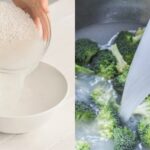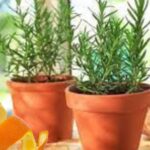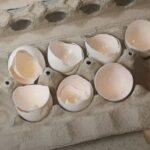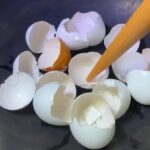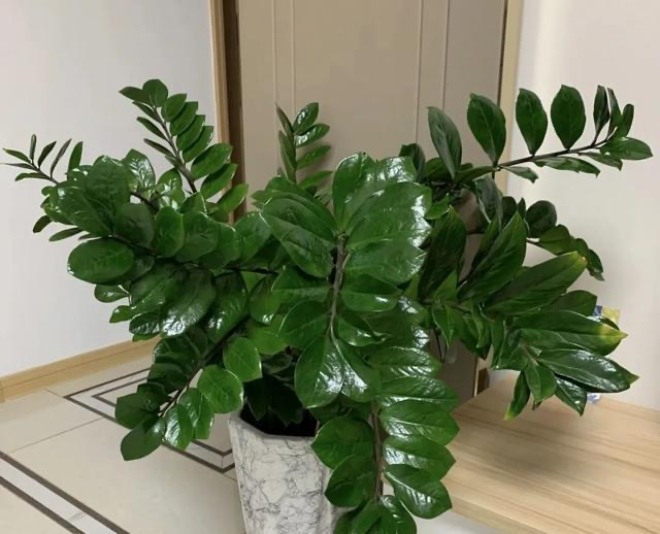
Belonging to the succulent family and highly adaptable, money trees are easy to propagate but require time to grow into beautiful houseplants. There are several ways to cultivate money trees, including cuttings, hydroponics, tissue culture, and seed planting. However, the most effective method with the highest success rate is propagating money trees from leaves.
Propagating from leaves also allows for multiple seedlings at once, shortening the process compared to other methods. But not everyone knows the correct way to grow money trees, and these three types of fertilizers can help your money tree thrive and grow faster, with leaves that are glossy and vibrant.

First Type: Bean and Sesame Oil Water
Don’t throw away damp sesame seeds, moldy soybeans, or rancid peanuts! These can be turned into excellent plant food. These seeds are rich in protein, beneficial for the development of slow-growing, yellowing, or malnourished plants.
When your money tree shows signs of stunted growth or fails to sprout, you can use these “expired” products at home. Simply cook, crush, and add an appropriate amount of water to them, then pour the mixture into a mineral water bottle and ferment.
Initially, the mixture will have an unpleasant odor, so it’s advisable to add substances like orange peels to mask the smell and promote fermentation. This process will double the fertilizer’s effectiveness. Finally, when the mixture is fully decomposed, dilute it with plain water at a ratio of 1:20 or 1:50, and use it for daily watering.

Second Type: Beer
It’s a well-known fact that adding a little beer to your watering routine will benefit your plants more than plain tap water. This second method is more convenient than the first. Use beer to add nutrients to the water, then pour it into the flower pot.
For slow-growing money trees with yellowing leaves, dilute the beer with water at a ratio of 1:80, or spray it directly onto the leaves, coating both sides. The leaves will become brighter, larger, and thicker, and with time, they will develop a gorgeous, lush appearance.
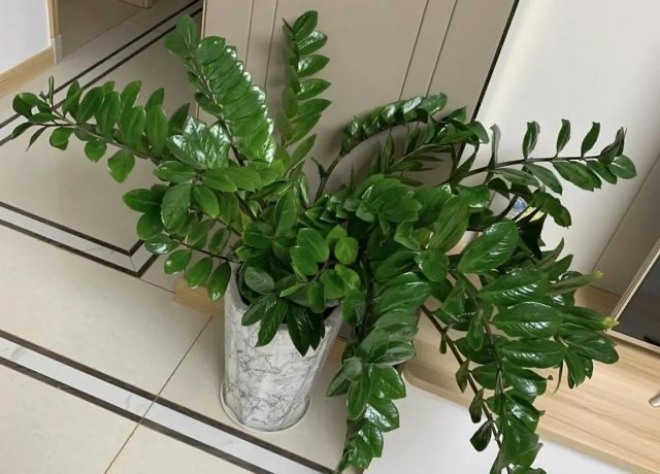
Third Type: Fish Intestine Water
Don’t assume that money trees, being ornamental plants, don’t require phosphorous. Just like other flowers, they benefit from additional phosphorous to grow taller and produce darker, glossier leaves. If they lack this nutrient, the leaves will wither and shorten.
Fish intestines are an excellent substitute for phosphorous. This animal by-product is rich in phosphorus and can be cut into pieces with scissors and stored in a sealed jar. It will successfully ferment in about 30 days. When using it, dilute it with water to avoid over-fertilization, and you’ll achieve double the effectiveness with half the effort.
The Secret to Vibrant Roses: Unveiling the 2 Essential ‘Miracle Workers’ You Need to Know About
Are you eager to transform your rose garden into a vibrant and blooming oasis? Discover the two “secret ingredients” that roses absolutely adore. One is tailored to promote vigorous growth, while the other works its magic to encourage larger, more beautiful blooms that last longer. Uncover the key to a stunning rose garden that will be the envy of your neighborhood.
























